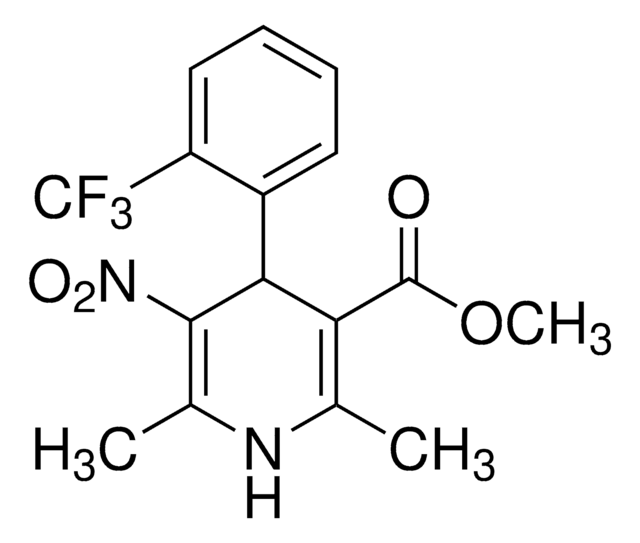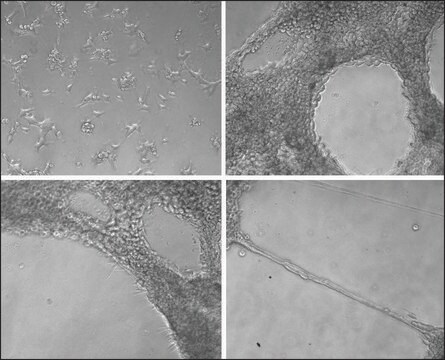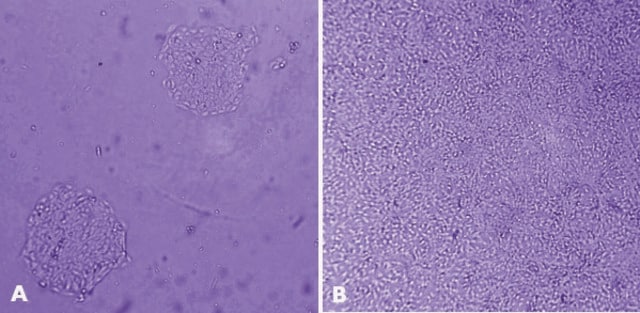F131
FPL 64176
≥98% (HPLC), powder
Synonym(s):
2,5-Dimethyl-4-[2-(phenylmethyl)benzoyl]-1H-pyrrole-3-carboxlic acid methyl ester
About This Item
Recommended Products
Assay
≥98% (HPLC)
form
powder
storage condition
desiccated
protect from light
color
white to beige
solubility
DMSO: >20 mg/mL (Solutions should be freshly prepared.)
H2O: insoluble
storage temp.
2-8°C
SMILES string
COC(=O)c1c(C)[nH]c(C)c1C(=O)c2ccccc2Cc3ccccc3
InChI
1S/C22H21NO3/c1-14-19(20(15(2)23-14)22(25)26-3)21(24)18-12-8-7-11-17(18)13-16-9-5-4-6-10-16/h4-12,23H,13H2,1-3H3
InChI key
MDMWHKZANMNXTF-UHFFFAOYSA-N
Gene Information
rat ... Cacnb3(25297)
Biochem/physiol Actions
Caution
Legal Information
Storage Class Code
11 - Combustible Solids
WGK
WGK 3
Flash Point(F)
Not applicable
Flash Point(C)
Not applicable
Personal Protective Equipment
Regulatory Listings
Regulatory Listings are mainly provided for chemical products. Only limited information can be provided here for non-chemical products. No entry means none of the components are listed. It is the user’s obligation to ensure the safe and legal use of the product.
JAN Code
F131-BULK:
F131-100MG:
F131-VAR:
F131-25MG:
Choose from one of the most recent versions:
Already Own This Product?
Find documentation for the products that you have recently purchased in the Document Library.
Our team of scientists has experience in all areas of research including Life Science, Material Science, Chemical Synthesis, Chromatography, Analytical and many others.
Contact Technical Service








![[deamino-Cys1, D-Arg8]-Vasopressin acetate salt hydrate ≥95% (HPLC)](/deepweb/assets/sigmaaldrich/product/structures/215/222/82da3633-80ea-463d-8b55-e99fb8e442e0/640/82da3633-80ea-463d-8b55-e99fb8e442e0.png)